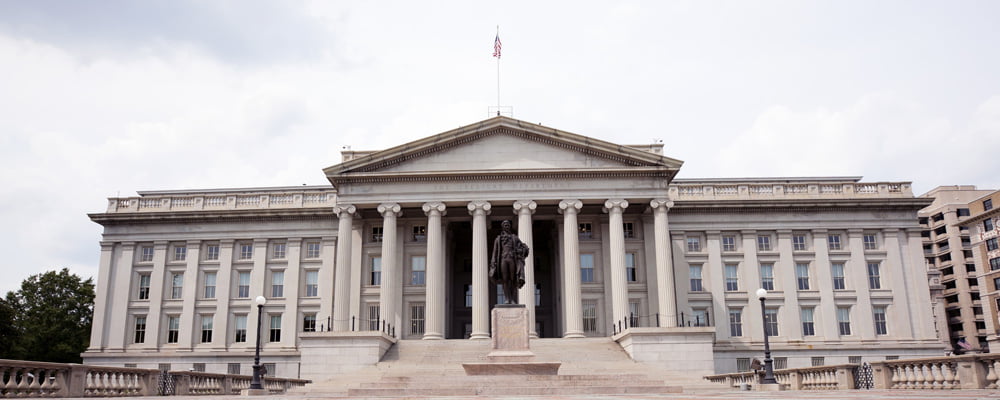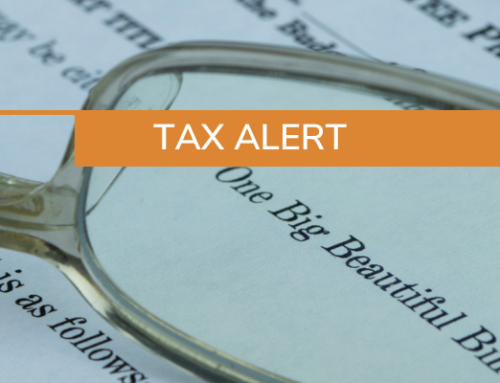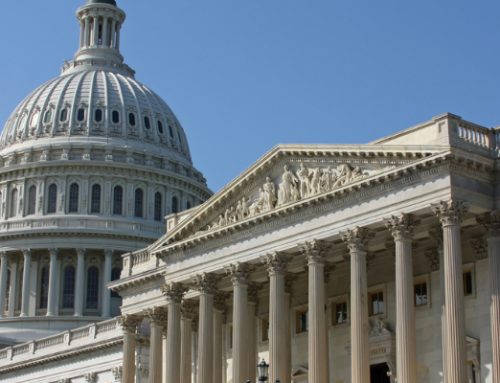On August 8, 2020, President Trump issued a Presidential Memorandum allowing for the deferral of employee social security payroll tax obligations due to COVID-19. The US Treasury released a Notice providing guidance on the implementation of the program on August 28, 2020.
How Does it Work?
Employers, who are typically required to withhold and remit the employee share of social security tax may stop withholding this tax from September 1, 2020, through December 31, 2020. The deferral only applies to wages or compensation paid for a bi-weekly period if the pay is below $4,000, which equates to an annual rate of $104,000. The equivalent amounts for other payroll periods would be:
- Weekly Pay – $2,000
- Semi-Monthly Pay (Twice a Month) – $4,333.33
- Monthly Pay – $8,666.66
The social security tax rate is currently 6.2% of wages up to a taxable maximum of $137,700; once wages exceed this amount an employee has no social security tax obligation for the remainder of the calendar year.
When Are Deferred Taxes Due?
It is extremely important to note that this is not a payroll tax cut – it is merely a deferral. Employees will need to repay deferred taxes between January 1, 2021 and April 30, 2021 (a 4 month period, equal to the period of deferral). This will effectively be collected from employees via a double social security tax withholding during the first four months of 2021.
For employees who have left the employer, are furloughed, or have special situations the Notice does allow employers to “make arrangements to otherwise collect” the deferred taxes. The guidance does not provide information on what these arrangements will be.
Could the Deferred Taxes Be Forgiven?
The power to levy taxes lies with Congress, not the Executive Branch. While the President is hopeful that Congress will pass legislation to forgive the tax, there have been no significant positive statements on this from either party, making forgiveness unlikely at this time.
Do I Need to Implement this Payroll Tax Deferral?
Neither the Presidential Memorandum nor US Treasury Notice requires employers to adopt this deferral. The Notice, in line with Treasury comments, effectively gives the employer discretion in the application of this program.
What Should Employers Consider?
Employers should consider several items, including whether deferral would be more likely to have a positive or negative impact on employees and the cost to implement the deferral.
Based on current guidance and general Congressional positions expressed, we believe it is likely employers who participate in this deferral will be in the position of recouping these deferred taxes from employees in early 2021.
Should Congress ultimately forgive these taxes, it is unknown whether the potential forgiveness would apply to all payroll taxes or only those deferred. Therefore, there is a risk that taxes not deferred under this program would not be forgiven, depending on the terms of the legislation.
Questions?





